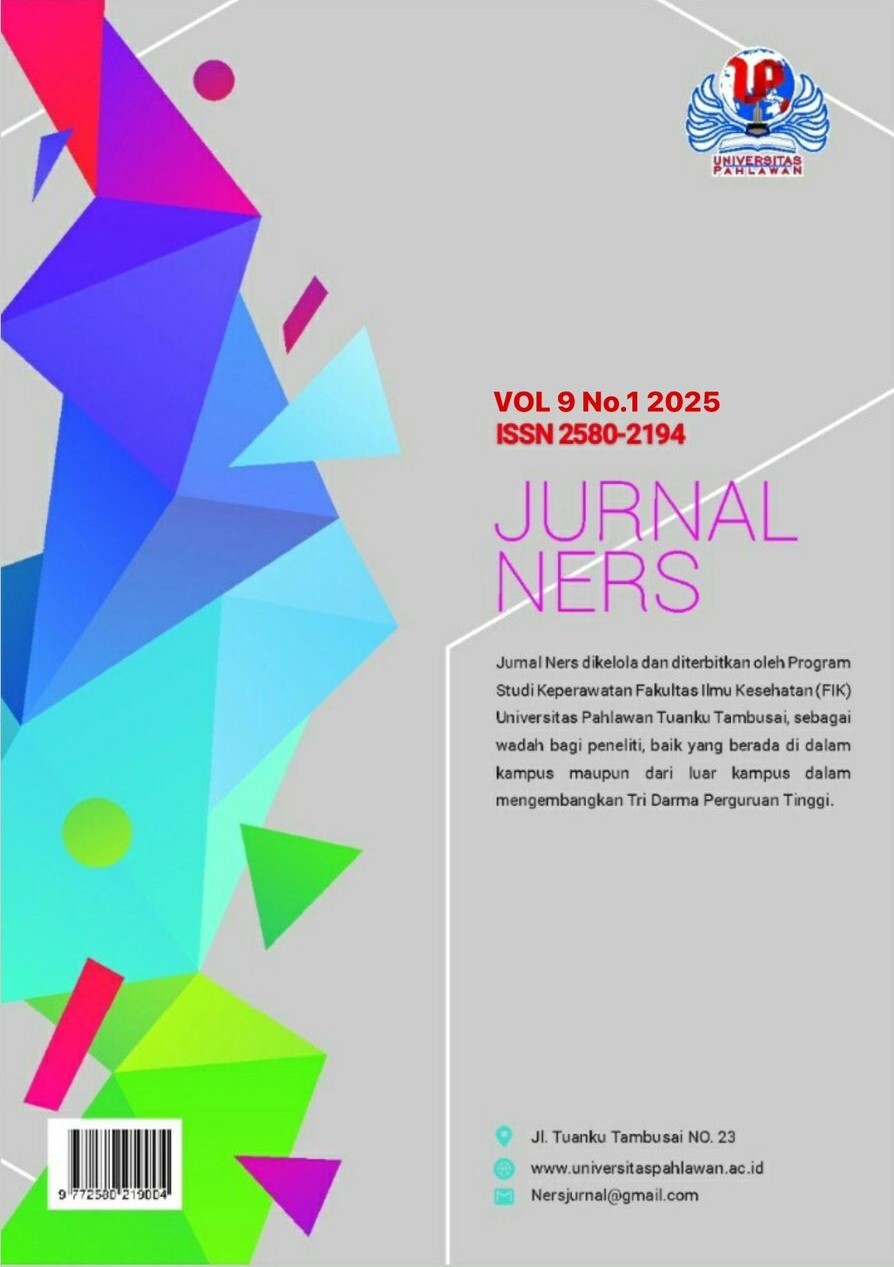Pengaruh Video Kesehatan Reproduksi Terhadap Pengetahuan Remaja Putri Tentang Bahaya Kehamilan Usia Dini di Wilayah Kerja Puskesmas Singkawang Utara 1
DOI:
https://doi.org/10.31004/jn.v9i1.32504Abstract
Adolescence is the transition between childhood and adulthood, characterized by unstable emotions and a high level of curiosity. This study aims to evaluate the effectiveness of education through video and leaflet media in increasing the knowledge of adolescent girls about the dangers of early pregnancy. The research design is quasi-experimental with a pretest-posttest and control group. The intervention group received education through video, while the control group received education through leaflets. Results showed a significant increase in knowledge in both groups. In the intervention group, the p value was < 0.000, while in the control group, it was 0.003. The average increase in knowledge in the intervention group was 17.00, and in the control group, it was 11.00. In conclusion, there is a significant impact of education through video on the knowledge of adolescent girls about the dangers of early pregnancy.Downloads
Published
2024-11-03
How to Cite
Yuniar, L. Y., Juniartati, E., & Fittarsih, N. . (2024). Pengaruh Video Kesehatan Reproduksi Terhadap Pengetahuan Remaja Putri Tentang Bahaya Kehamilan Usia Dini di Wilayah Kerja Puskesmas Singkawang Utara 1 . Jurnal Ners, 9(1), 174–179. https://doi.org/10.31004/jn.v9i1.32504
Issue
Section
Articles
License
Copyright (c) 2024 Jurnal Ners

This work is licensed under a Creative Commons Attribution-ShareAlike 4.0 International License.
Authors who publish with this journal agree to the following terms: Authors retain copyright and grant the journal right of first publication with the work simultaneously licensed under a Creative Commons Attribution-ShareAlike 4.0 International License that allows others to share the work with an acknowledgement of the works authorship and initial publication in this journal. Authors are able to enter into separate, additional contractual arrangements for the non-exclusive distribution of the journals published version of the work (e.g., post it to an institutional repository or publish it in a book), with an acknowledgement of its initial publication in this journal. Authors are permitted and encouraged to post their work online (e.g., in institutional repositories or on their website) prior to and during the submission process, as it can lead to productive exchanges, as well as earlier and greater citation of published work (See The Effect of Open Access).







